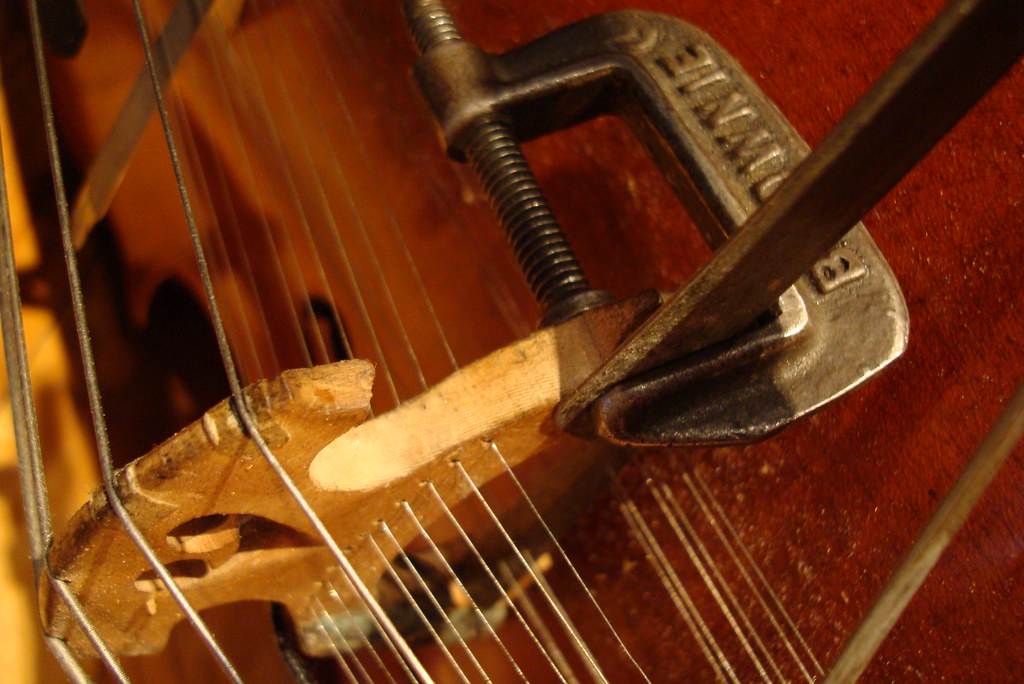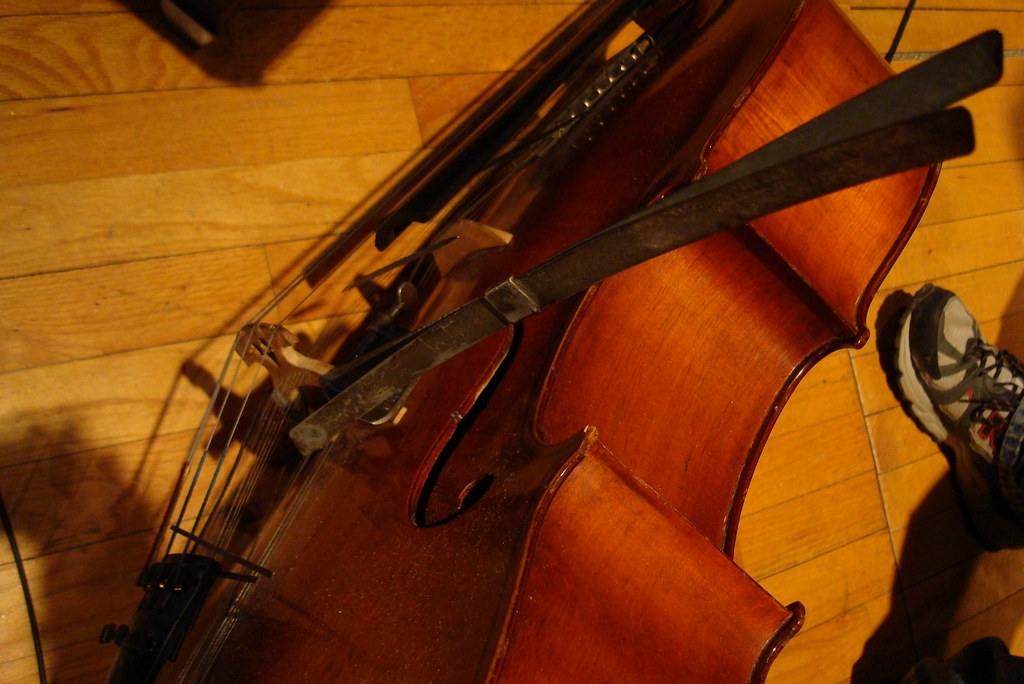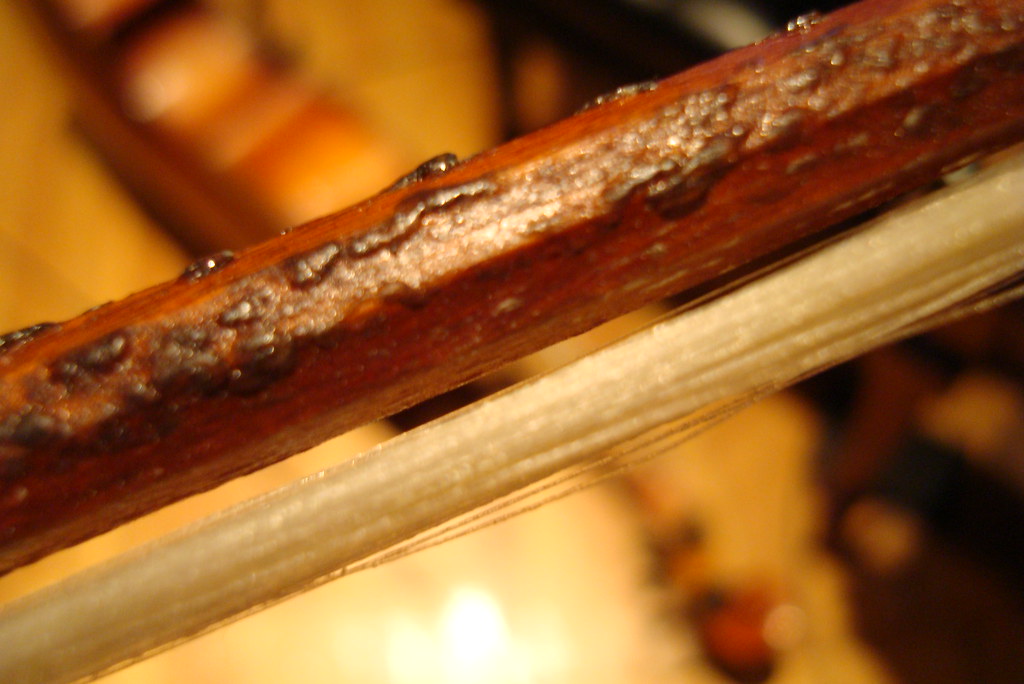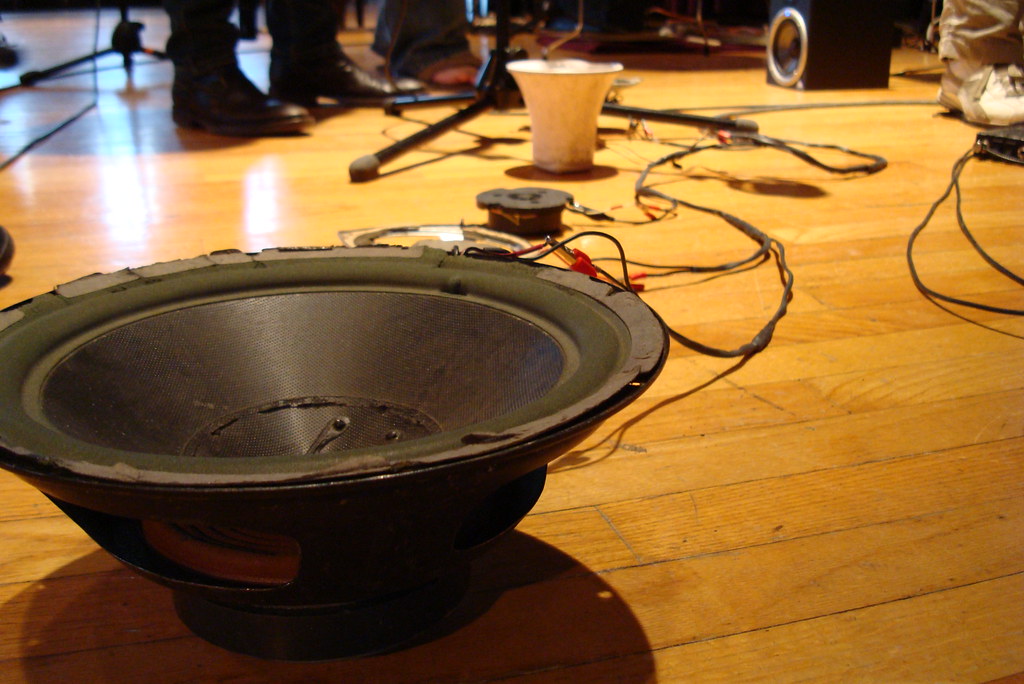
I've been hella busy this semester, and finally you get to see one of the reasons why! Above is a composite of just a few of the facial expressions for a character named Diana (played by Cornell's RPTA, Carolyn). These, and many other character pictures will be used in the game that I'm working on for Advanced Game Design called StageIV.
Stage IV is a story about a father who is diagnosed with cervical cancer, and how the family deals with the knowledge of his approaching death. The players chooses which character to play as and then interacts through dialogue graphs with other characters while the story unfolds.
I say graphs because trees become exponential in the amount of content needed, and a content heavy game isn't really feasible in one semester between Ben and I. Although your choices within the dialogue don't directly affect the story's outcome, your words are highly influential in how the other character feels towards you and in general. Thus the other characters (NPCs since it's a single player game) can react in a multitude of ways depending on their mood.
Doesn't sound like the most exciting game you've ever played? It's not supposed to. We're thinking of calling it 'Interactive Fiction' instead, so that the intention is clear. Ben and I are more interested in creating an artistic experience for the player than an action packed game.
Ok so what on earth am I doing for the game? All the photographs you see were taken by my Sony Cybershot. I then went into photoshop and cropped out every single background so that it's only the character. Then after some resizing, I also cranked up the contrast and turned down the saturation. Original is on the right:
The reason I crop the photos should be obvious; I want to place these characters in several different locations in the game, not just one. Resizing should be self explanatory too. I need the transitions between facial expressions to be as smooth as possible, so it feels like you're looking at a person, not a bunch of pictures of a person. Then of course they had to be scaled down to fit onscreen.
But why the contrast and desat? The desaturation is partly a design choice: Ben and I wanted the game to have a certain feel. But additionally, some of the base pictures have different amounts of lighting. Desaturating the picture helps hide that inconsistency (which means less work for SB). And why the contrast? The effects of the contrast are hard to see, but I found that it just helps the desaturated image from becoming too blah.
I'm also doing music for the game. Future post in the future :)
26.4.08
Diana.setEmoState(5);
-
esbie
,
12:03 PM
View Comments
![]()
Labels: art, photography, Video Games
20.4.08
When Girls Procrastinate
Games for Girls, a competition hosted by UIUC, just had its deadline the week before last. I'm a part of Cornell's team, and our entry this year is a game named "Daruka". Let me be the first to tell you that this game is sub par. Let me also tell you that out of our 5 teammates, I was the one who dropped the ball. We had two artists, two programmers, and a musician. Sounds like a dream team, so what happened?
Let me be the first to tell you that this game is sub par. Let me also tell you that out of our 5 teammates, I was the one who dropped the ball. We had two artists, two programmers, and a musician. Sounds like a dream team, so what happened?
I was busy... really busy. 26 credits of busy. But, like a good programmer, I pulled a few all nighters to get the game into shape. Of course, by that time, the artists had put together all the necessary artwork for 6 full levels of gameplay. And the two programmers, mistakenly, turned into level designers.
The result? There are 5 levels with great artwork and terrible gameplay mechanics. Not that our gameplay was absolutely riveting to begin with. But it's way more important to have solid gameplay than game content. That's practically rule 1 and we lost sight of it.
I learned something else too. I like to work hard (and play hard). But when I'm spread this thin, the work that I do just isn't as astounding as it could be. I'm sure you'll be glad to know that I'm only enrolled in 11 credits so far for next semester. And don't worry, there's much more awesome stuff on the way. In the meantime, sit back and take a look at the awesome work from our artists. Good stuff.
-
esbie
,
10:34 PM
View Comments
![]()
Labels: Programming, Video Games
12.4.08
Electroacoustic Unpredictability
Performing electronic music is hard. Not because electronic music itself is hard, but because it's much more entertaining to watch a guitarist than it is to watch someone using a computer.
The other day a trio came to my music class to perform and talk about how they make electronic music. I thought I'd show you some of the "instruments" they use, just so you can see that I really am knee deep in some crazy stuff.
One of them uses cello that has a pickup at the bridge (it's not too unusual to amplify a cello, since it's a relatively quiet instrument for its size). He's also clamped a thick strip of metal to the bridge and will sometimes bow the metal just like a string for some very weird resonances.
The bow he uses has rosin not only on the hair of the bow, but also on the stick (ew?) Sometimes he'll bow the cello with the stick and not the hair... sometimes he'll scrape the frog of the bow against the cello's frame.
He also, using internal feedback from an open circuit board, plays the mutilated speakers sitting in front of him. In the video, he shares the idea that he wants his music to be very unpredictable, so that not even he knows what he will play. This ideology is in such stark contrast to traditional classical musicians (of which I may be considered one), who practice for endless hours in hopes to make very calculated and reproducible music.
One of the other performers uses all types of percussion instruments hooked up to electronics, and the other plays a small "instrument" containing a streamlined version of linux stuffed into a midi controller box. Electronic music ftw.
-
esbie
,
8:46 AM
View Comments
![]()
Labels: music
5.4.08
Music
STREAM OF CONSCIOUSNESS:
I've been really worried about defining who I am as an artist, as an internet presence, as a person. I'm putting that on hold right now because I've been trying to write this post for months. I've been wishing I could add some incredible insight on the direction the music industry is headed, but really I can't. What I can tell you is that as an independent musician I'm excited that it's going the way it is. I'm also excited because this transition into the age of digital music is a complete recreation of how the music business works. Being young and eager, I want to be one of the first to go where music is headed, wherever that is.
For those of you that don't know quite what I'm rambling about, here are some links
New Music Strategies has just started posting "100 Questions" about how music is redefined through the internet. The posts are interesting, informative, and at a basic level so you don't need to know much about technology or music to understand the concepts he brings acrossWhere has all this blog's content gone?! you may ask. I assure you that I'm working on some massive stuff right now, but I haven't had a chance to blog most of it. In the meantime, do you have thoughts on where the music industry is headed?
Valleywag: What MySpace Music backers don't get: Recorded music is no longer a product, but advertising
Aime Street is a music community site that has a unique pricing model where tracks start out as free and as popularity increases the price of a track goes up.
Rockstar Games latest version of Grand Theft Auto (number four) has an in-game system that allows gamers to buy tracks they’re listening to via Amazon. Named “ZiT” technology, the mechanism is built into the game’s mobile phone system - as your character drives around listening to the radio, they can bookmark a song by dialing the number ZIT-555-0100 and they’ll get sent a text message back with the artist and track details.
-
esbie
,
5:55 PM
View Comments
![]()
Labels: music






